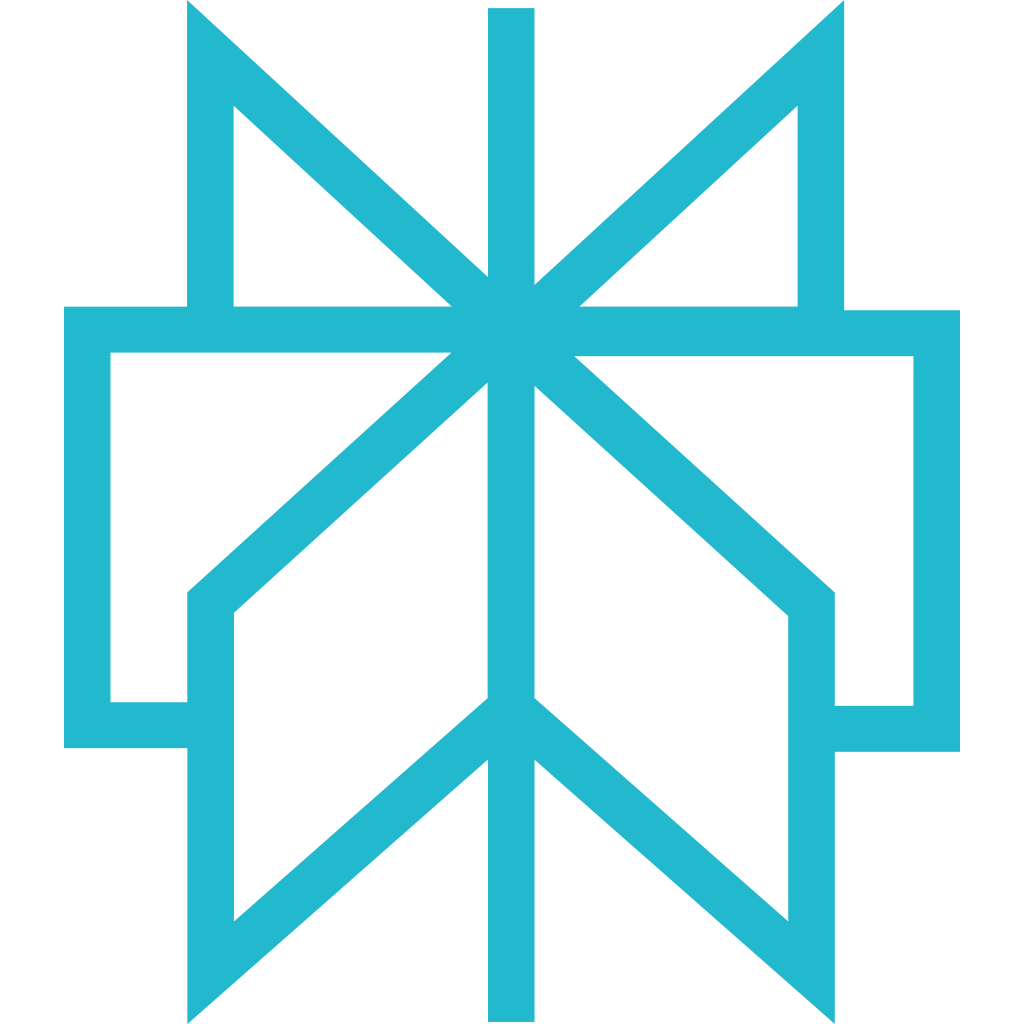In this article, we discuss Jonny's insights and explore the benefits and challenges of group training, helping you understand why they are becoming an essential tool for customer success.
Many businesses struggle with efficiently educating and supporting their growing customer base. Traditional one-on-one support can be time-consuming and costly, leaving customers feeling frustrated and underserved. Group training sessions, such as webinars and office hours, offer a scalable solution to this problem.
Jonny Tennyson, the Head of Customer Success at Secure Code Warrior, recently shared his experiences with these sessions. In this article, we discuss Jonny's insights and explore the benefits and challenges of group training, helping you understand why they are becoming an essential tool for customer success.
The Benefits of Group Training Sessions
Group training sessions can significantly enhance customer success efforts. They provide a platform for customers to learn from experts, ask questions in real time, and interact with other users. Here are some of the key benefits:
- Scalability: Group training sessions allow companies to reach a large audience without the need for individual training sessions. This scalability is particularly beneficial for onboarding new customers and introducing new features. Jonny Tennyson noted, “Educational webinars can be hit and miss, but overall I much prefer to do them than to not do them.”These sessions can offer a practical and efficient way to disseminate information broadly, ensuring that everyone has access to the same resources and knowledge simultaneously. This approach will not only save time but also provide consistency in the information being shared across all customers.If you're looking to efficiently scale your customer success efforts, check out our article on different strategies for scaling customer success.
- Cost-Effectiveness: Compared to one-on-one training, group sessions are more cost-effective. They require fewer resources and can accommodate multiple customers at once, reducing the overall cost per customer.For example, if you are a software company that needs to train 100 customers, you can host a single group webinar instead of conducting 100 separate sessions. This will save significant amounts of time and money, helping you not only save massive company resources but also allow you to allocate saved funds to other critical areas of customer support and development.
- Peer Learning: Group sessions encourage peer learning, where customers can learn from each other’s questions and experiences. This interaction can provide valuable insights and develop a sense of community among users.Having a customer community makes this even better. It's a place where everyone can chat, share tips, and get answers. If you’re thinking about using a customer community software but aren’t sure which one to choose, we’ve got an article on the top customer community platforms.
- Real-Time Interaction: Live webinars and office hours provide an opportunity for real-time interaction. Customers can ask questions, get immediate answers, and receive personalized advice during the session. Imagine being stuck on a problem and then getting it solved in just a few minutes during a webinar—that's the power of real-time interaction. It makes the whole learning process faster and more helpful.
- Consistency: Group training makes sure that everyone gets the same information at the same time. This way, all customers have a similar understanding of the product, which helps avoid confusion and keeps everyone on the same page. Think about it like this: if everyone is reading from the same book, it's easier to discuss and solve problems together. This uniform approach will make sure no one is left behind or misunderstood.
Types of Group Training Sessions
There are several types of group sessions that can be used to train and support customers. Each type has its own unique features and benefits, depending on the needs of the customers and the goals of the training. Have a look at some of the most common types of group training sessions:
1. Webinars
Webinars are scheduled online seminars that focus on specific topics. They can range from product demonstrations to best practices and industry trends. Webinars are typically followed by a Q&A session, allowing attendees to ask questions and engage with the presenters.
Advantages:
This format is particularly effective for delivering detailed content in an educational and engaging manner. Participants can join from anywhere in the world, making webinars a flexible option for reaching a global audience. These sessions can be recorded, allowing customers who couldn't attend live to watch later at their convenience, ensuring no one misses out on valuable information.
2. Office Hours
Office hours are regular, open sessions where customers can drop in to ask questions and seek support. These sessions are less formal than webinars and provide a platform for ongoing engagement and troubleshooting.
Advantages:
The main advantage of office hours is their flexibility. Customers don’t need to schedule in advance and can join whenever they have a question or need assistance. This spontaneous access is ideal for addressing immediate problems or getting quick feedback. It's also a great way for companies to build stronger relationships with their customers, as it shows a commitment to being accessible and responsive.
Want to introduce webinars, workshops, and other training sessions in an interactive manner? Bring Your Group Sessions to Life With MeltingSpot! Our platform is designed to make your group sessions more engaging and effective, ensuring your customers get the most out of every interaction. See for yourself how MeltingSpot can help.
3. Workshops
Workshops are interactive sessions designed to provide hands-on training. They often involve practical exercises and group activities, enabling participants to apply what they’ve learned in a collaborative environment.
Advantages:
Workshops are great for customers because they get to try out what they’re learning right away. This means they can quickly see how to use your product in their everyday tasks. It’s one thing to hear about how something works, but it's much more helpful to actually try it out. Plus, they can ask questions and get answers on the spot, which really helps clear up any confusion.
4. Q&A Sessions
Dedicated Q&A sessions focus entirely on answering customer questions. These can be scheduled regularly or as needed to address common queries and provide additional support.
Advantages:
Q&A sessions let customers ask their burning questions and get answers straight away. This makes them feel heard and supported. They're especially good right after new updates or changes because they help customers get up to speed quickly. Knowing more about the product will make customers more comfortable and happy using it.

Best Practices for Conducting Effective Group Training Sessions
Conducting successful group training sessions involves more than just gathering people together. To ensure your sessions are as effective as possible, it's important to follow a set of best practices that provide for all your different customer segments. Here are some top tips that can help you get started:
1. Plan and Promote
To make sure your group training sessions hit the mark, you need a good plan and some solid promotion. Start by figuring out exactly what you want to achieve, what you're going to cover, and who should attend.
Once that’s set, spread the word using email newsletters, social media posts, and in-app notifications. Getting the details right and letting people know what’s coming up makes it easier for the right audience to join in and get the most out of every session.
2. Engage Attendees
Keep attendees engaged by using interactive elements such as polls, quizzes, and breakout rooms. Encourage participation by asking questions and facilitating discussions. Jonny Tennyson emphasized the importance of interaction: “Educational webinars can be hit and miss, but overall I much prefer to do them than to not do them.”
Making your sessions interactive helps keep everyone interested and involved. When attendees can actively participate, they are more likely to stay focused and retain the information. Plus, it makes the sessions more enjoyable and dynamic for everyone.
We at MeltingSpot can help you achieve this. Thanks to our chat feature, participants can ask their questions and respond to polls and quizzes in real time. Explore our product and see for yourself our different range of features designed to make your training sessions interactive and engaging.
3. Provide Value
Providing real value means your sessions should solve problems and make life easier for your customers. Think about what issues they face and show them how your product can help. Use simple language so everyone can understand, no matter their skill level. When customers leave your session with useful tips and a better understanding of your product, they’ll feel more satisfied and confident.
4. Follow-Up
Follow up with attendees after the session by providing recordings, slides, and additional resources. Encourage them to reach out with any further questions and provide information on upcoming sessions.
This will show that you care about their learning and success. Send a thank-you email with links to the session recording and any materials you used. Let them know you’re available to answer any questions they might have.
With MeltingSpot, you can make the replay accessible. This feature not only allows users to revisit parts they found unclear but also helps new users get up to speed.
5. Collect Feedback
Feedback is really important because it will help you see your sessions from the attendees' perspective. After each session, send out a quick survey or ask for comments on what they liked and what could be improved. Pay attention to their suggestions and make adjustments for next time. Happy customers are more likely to come back for more and recommend your sessions to others. So, this can be your chance to make them content!
Challenges and Solutions in Group Training Sessions
Running group training sessions can come with its own set of challenges. However, with the right strategies, these obstacles can be effectively managed. Below are some common challenges and practical solutions that can help you conduct successful sessions:
1. Technical Issues
Technical problems can really mess up a group training session. Things like bad internet connections, software glitches, or audio issues can make it hard for everyone to stay engaged and follow along.
Solution: Make sure your tech is reliable and have a backup plan ready, just in case. Do a practice run before the session to catch any potential problems. It's also a good idea to have someone on standby to fix any issues that come up during the session. This way, you can keep things running smoothly and avoid major disruptions.
2. Engagement
It can be tough to keep a large group interested and involved during a training session. People might get bored or distracted if the session is too long or not interactive enough.
Solution: Use interactive elements like polls, quizzes, and breakout rooms to keep everyone engaged. Encourage participation by asking questions and starting discussions. Break up long sessions with Q&A segments and practical exercises to keep things lively. This way, everyone will stay interested and get more out of the session.
3. Time Zones
Scheduling group training sessions can be really tough when your customers are spread out across different time zones. If you pick a time that works for some, it might be too early or too late for others. This can mean some customers miss out on the live session, which isn’t ideal for their learning experience.
Solution: Offer multiple sessions at different times to accommodate various time zones. Another good idea is to record your sessions and make them available on-demand, so everyone can watch when it suits them best. You can use MeltingSpot to take advantage of our recording options and interactive sessions. This way, all your customers can benefit from the training, no matter where they are.
4. Personalization
Group sessions are great for sharing valuable information, but they might not cover the specific needs of every attendee. This can leave some customers feeling like their unique questions or concerns aren't being addressed.
Solution: Offer additional support to make sure everyone gets the help they need. Follow up with personalized emails, set up one-on-one sessions, or hold office hours where customers can drop in for extra assistance. With our customer education platform, you can create exclusive live sessions for specific customer groups, maintaining scalability while offering tailored content. This approach ensures every customer feels valued and supported.

The Future of Group Training in Customer Success
Group training sessions are going to become even more important for helping and engaging customers. With new technologies like AI and machine learning, these sessions can be made even better. AI can give personalized advice and handle simple tasks, making the sessions more customized and smooth.
Virtual reality (VR) and augmented reality (AR) are also going to change the game. They can create realistic, hands-on experiences, allowing customers to practice using your product in a virtual setting. This makes learning more fun and effective.
With these advancements, the future of group training looks exciting. These new tools will make learning more engaging and personal, helping your customers get the most out of your product.
Conclusion
Group training sessions are a fantastic way to boost customer success. They offer scalable, cost-effective, and interactive learning experiences, ensuring your customers know how to use your products to their fullest. Jonny Tennyson’s insights show us the importance of good planning, keeping attendees engaged, and providing ongoing support to maximize the impact of these sessions.
Want to make your group training sessions even better? Check out MeltingSpot! Or book a meeting with us to see how our features can help you deliver the best training that truly engages and supports your customers.
Become an expert in software training & adoption with MS Nation the MeltingSpot Community
Step into MS Nation, our Community, your ultimate training hub for mastering software adoption and user success!
Join MS Nation







.svg)

 Perplexity
Perplexity
 Claude
Claude
 Mistral
Mistral
 Gemini
Gemini
 Grok
Grok




.svg)
